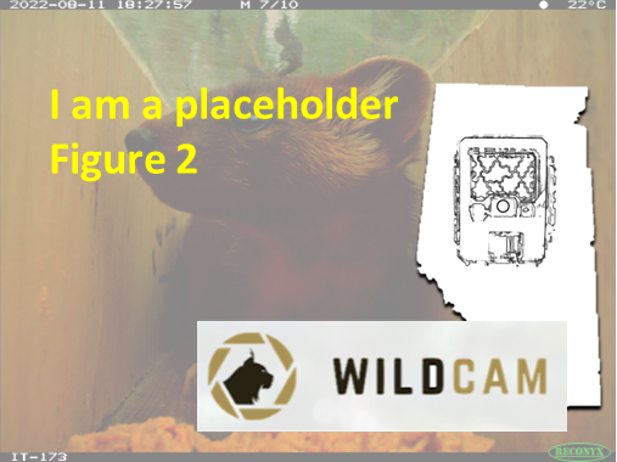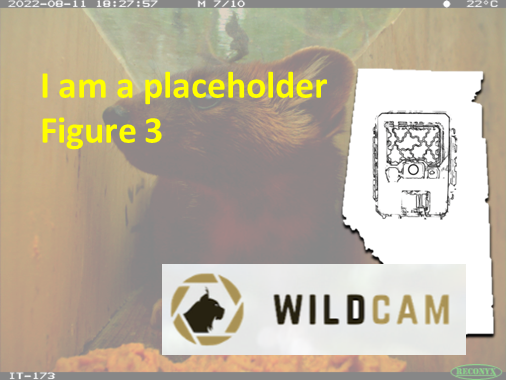#
A study area is a unique area(s) within a project. There may be multiple study areas within a larger study area. Aspects to consider when identifying the study area include the spatial extent (and method of delineation), shape (Foster & Harmsen, 2012), and composition and configuration of features within it (including habitat types, land uses and disturbances).
Several factors influence the size (spatial extent) of the study area, including the , ecosystem, the biology of the Target Species (e.g., dispersal ability, habitat preferences, etc.) and/or modelling approach.
For example, density models using the capture-recapture (CR) modelling approach requires that the study area encompasses the entire area in which individuals can move during the survey and that each individual can be detected by a camera (Karanth & Nichols, 1998). In this case, the animal’s home range size could be used (e.g., four times the home range size [Maffei & Noss, 2008]) (Wearn & Glover-Kapfer, 2017) in combination with a finite number of cameras available (e.g., 20 cameras are available; ideally, they should be paired and there should be > 4 cameras in each home range [Wearn & Glover-Kapfer, 2017]) to define the project’s spatial extent.
Methods to delineate the appropriate spatial extent include, for example, minimum convex polygons (i.e., a polygon surrounding the locations of previous detections) or kernel density estimators (e.g., via the probability of “utilization” [Jennrich & Turner, 1969]). Geographic Information Systems (GIS, e.g., ESRI software) or programming languages (e.g., R) contain useful tools for these delineation methods.


Check back in the future!
Type |
Name |
Note |
URL |
Reference |
|---|
Refs

